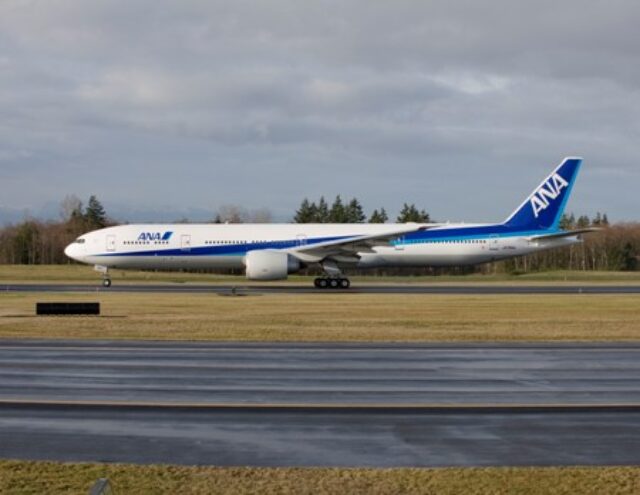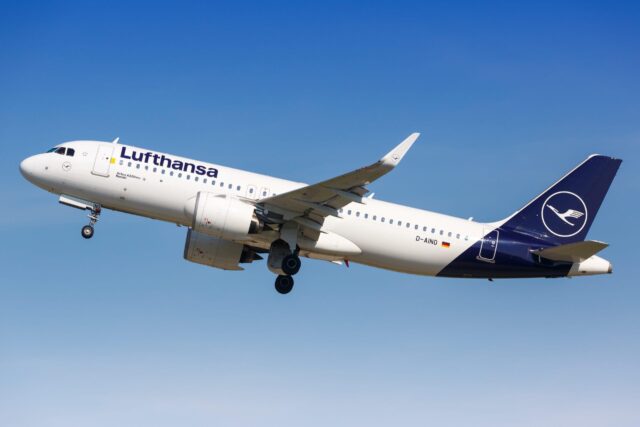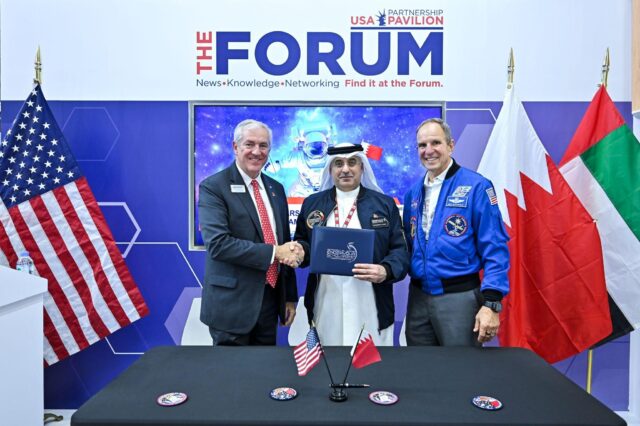Another weapons integration effort for the F-35B
March 7, 2025

News from the F-35 programme can sometimes be subject to significant delay. The successful captive carry of the AGM-158C Long Range Anti-Ship Missile (LRASM) on an F-35B, for example, was announced on 4 March, though the flight took place on 14 January, while the first flight with the MBDA Meteor took place on 20 November, and was finally announced on 28 February!

The AGM-158C is one of the weapons systems being integrated into the F-35 as part of the Block 4 upgrade. The AGM-158C LRASM is an advanced, air-launched, long-range anti-ship missile developed from the AGM-158 JASSM family. The weapon incorporates an advanced infrared and radar guidance system, allowing it to operate in contested environments where GPS might be degraded or denied. It combines a greater-than-200nm stand off range with a 1,000-lb penetrating warhead, allowing the launch aircraft to stand off, and providing a lethal effect against enemy surface vessels.
This long stand off range is essential, as it cannot be carried internally by the F-35, meaning that the aircraft loses much of its Low Observability (stealth). An F-35C test aircraft flew with two LRASMs on 10 September, and conducted two days of captive carry testing to evaluate flutter, loads, and flying qualities.
The F-35 Pax River Integrated Test Force has now completed an initial flight test integrating the weapon system onto an F-35B Lightning II, the short take off and vertical landing (STOVL) variant of the F-35, operated by the US Marine Corps and a handful of export customers, including the UK, Italy and Japan.

The flight marked the beginning of the F-35B AGM-158 strike systems flight sciences test programme, a critical step toward bringing this advanced weapon to the warfighter. Jon Hill, vice president and general manager, Air Dominance and Strike Weapons at Lockheed Martin Missiles and Fire Control said that: “Integration of the AGM-158 strike systems family delivers increased reach and lethality against heavily protected, strategic targets.”
Chauncey McIntosh, vice president and general manager of the F-35 program at Lockheed Martin Aeronautics added that: “The integration of these systems further demonstrates how we continue to add the most advanced capabilities to the F-35 to ensure it will remain a dominant force, owning the skies for decades to come.”
The Pax River F-35 Integrated Test Force (Pax ITF) is tasked with ensuring the safe, secure, and efficient integration of new systems and capabilities onto the F-35B and F-35C, and has been responsible for co-ordinating the integration of a range of weapons.
















